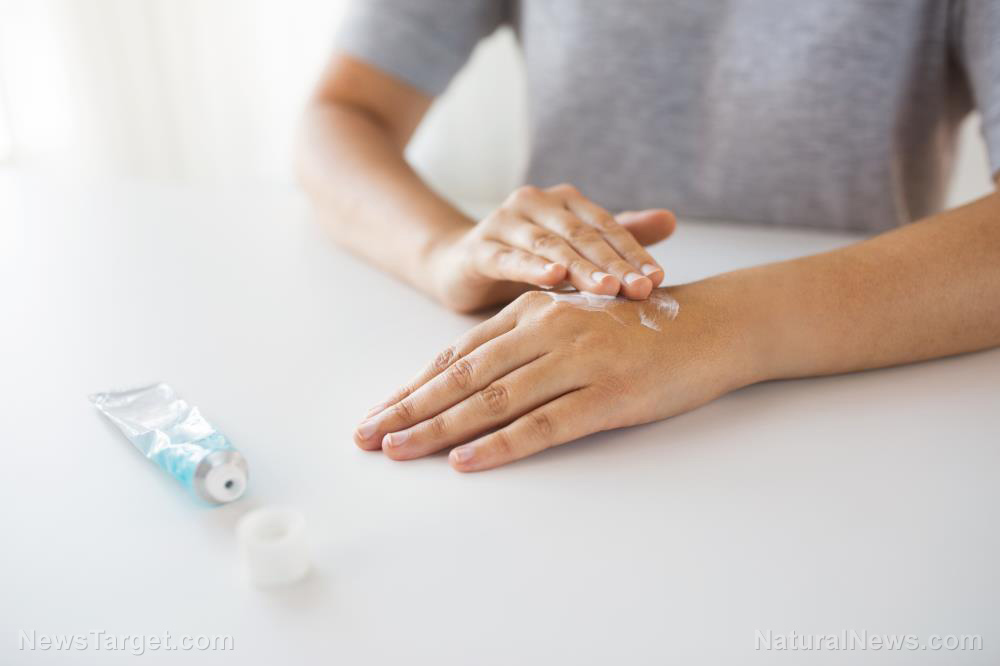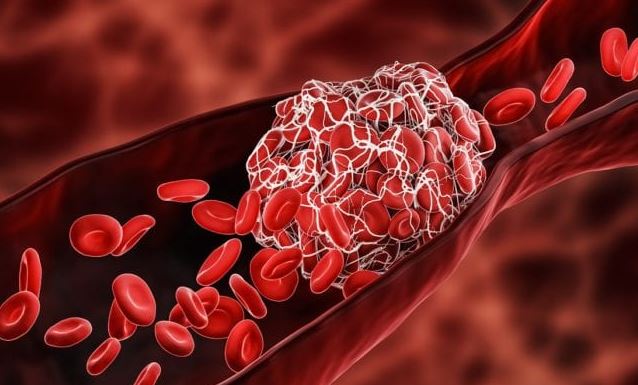Scary new study reveals PFAS “forever chemicals” can seep through human skin
07/12/2024 / By Cassie B.

Forget what you’ve been told in the past about your skin acting as a barrier to protect you from exposure to toxins as a new study shows that the dangerous “forever chemicals” per- and polyfluoroalkyl substances (PFAS) are absorbed through the skin at much higher levels than once believed.
This is according to a study carried out by researchers from the University of Birmingham, who conducted research with lab-grown tissue designed to mimic human skin to get a clearer picture of how much of these chemicals are absorbed.
They determined that “uptake through the skin could be a significant source of exposure to these harmful chemicals.” After applying samples of 17 PFAS compounds to their tissue model, they measured the proportions that were absorbed. They found that “substantial” amounts were absorbed by the skin and reach our bloodstream, which goes against previous claims that the skin serves as a barrier to protect us from these compounds.
For example, when it comes to one of the most common – and most toxic – varieties, PFOA, they found that the skin took in 13.5%, with an additional 38% being absorbed with a longer application. When you consider the fact that regulators in the U.S. say there is no level of safe exposure to the chemical in drinking water and the International Agency for Research on Cancer has designated it as “carcinogenic to humans,” it’s clear we should all be concerned.
PFAS chemicals do not break down and are found in many everyday products
The ramifications of this are far-reaching; PFAS is an enormous class of around 16,000 chemicals that are added to all manner of products to give them properties such as resistance to heat, water and stains. They persist in the environment and have even been found in Arctic ice and dust from the International Space Station.
Human knowledge is under attack! Governments and powerful corporations are using censorship to wipe out humanity's knowledge base about nutrition, herbs, self-reliance, natural immunity, food production, preparedness and much more. We are preserving human knowledge using AI technology while building the infrastructure of human freedom. Speak freely without censorship at the new decentralized, blockchain-power Brighteon.io. Explore our free, downloadable generative AI tools at Brighteon.AI. Support our efforts to build the infrastructure of human freedom by shopping at HealthRangerStore.com, featuring lab-tested, certified organic, non-GMO foods and nutritional solutions.
They are often referred to as “forever chemicals” because they cannot break down naturally and can accumulate in humans. Tests of umbilical cord blood indicate that exposure to the chemical in humans begins before birth; it has also been found in breast milk. These chemicals have been linked to a range of serious health problems such as cancer, thyroid disease, reduced sperm count, liver disease and birth defects, among others. They are also known to disrupt hormone systems and reduce the immune response created by childhood vaccines against illnesses like diphtheria.
Although we already knew that people were being exposed to these chemicals through their diets, dermal absorption has become an increasing focus lately, particularly when you consider how many products made with PFAS come into contact with your skin. They include everything from makeup and personal care products to upholstery, bandages and waterproof clothes.
For example, the researchers noted that skin permeation took quite some time with the PFAS they studied. However, because they are found in products that people tend to use on a daily basis, such as moisturizers, cleansers and sunscreens, this frequent contact can amount to substantial exposure over time. A different study found the chemicals are present in one third of the dental floss brands tested.
Although PFOA has now been replaced with PFAS that use shorter carbon chains, the new alternatives aren’t much better. For example, the newer, shorter-chain chemical perfluoropentanoic acid (PFPeA) is absorbed into the skin at four times the rate that PFOA is absorbed.
The study’s co-author, Stuart Harrad, said: “This is important because we see a shift in industry towards chemicals with shorter chain lengths because these are believed to be less toxic – however the trade-off might be that we absorb more of them, so we need to know more about the risks involved.”
Sources for this article include:
Submit a correction >>
Tagged Under:
Censored Science, Chemistry, Cosmetics, Dangerous, discoveries, disease causes, Ecology, environment, forever chemicals, health science, PFAS, PFOA, poison, real investigations, research, risk, skin health, toxic chemicals, toxic ingredients, toxins
This article may contain statements that reflect the opinion of the author




















